EU Is Making a New Integration Step - Building a Defence Union
Adelina Marini, June 1, 2017
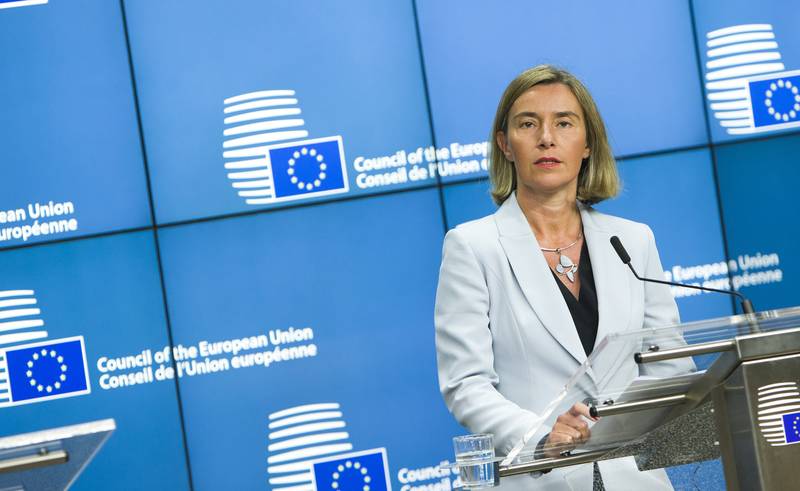 Almost a year ago, when the EU's High Representative for Foreign Affairs and Security, Federica Mogherini (Italy, Socialists and Democrats), presented the new global security strategy of the Union right at the peak of the Brexit, it did not appear that the deep integration in the fields of defence and security that was suggested in the document was at all possible. With the election of Donald Trump as President of the United States, the departure of the United Kingdom, and the exponential growth of threats across the European Union's neighbourhood, a powerful political will is being built up to work for more Europe in this area as well, formerly regarded as a territory with an absolute national sovereignty. Much has been accomplished since September 2016, when European Commission President Jean-Claude Juncker announced in his address on the state of the Union the need for Europe to break away from its defence dependence.
Almost a year ago, when the EU's High Representative for Foreign Affairs and Security, Federica Mogherini (Italy, Socialists and Democrats), presented the new global security strategy of the Union right at the peak of the Brexit, it did not appear that the deep integration in the fields of defence and security that was suggested in the document was at all possible. With the election of Donald Trump as President of the United States, the departure of the United Kingdom, and the exponential growth of threats across the European Union's neighbourhood, a powerful political will is being built up to work for more Europe in this area as well, formerly regarded as a territory with an absolute national sovereignty. Much has been accomplished since September 2016, when European Commission President Jean-Claude Juncker announced in his address on the state of the Union the need for Europe to break away from its defence dependence.
The speed at which this field is being worked on is comparable to the upgrade of the economic governance of the EU and the euro area in particular triggered by the debt crisis and with the establishment of the banking union. Moreover, this speed is at all institutional levels - from the European Commission through the Parliament to the Council. In November, the Foreign Affairs Council adopted a new level of ambition, defining the size of the integration step, that is, which sub-areas will be pursued for more integration - response to external conflicts and crises; capacity-building of EU partners to be determined on the basis of shared values and common interests; protection of the EU and its citizens.
Ministers agreed that the EU's common foreign and security policy must be backed by rapidly deployable, interoperable, sustainable and multifunctional civilian and military capabilities. In this context, they agreed to work in the following areas: common crisis management operations involving air and special operations; rapid civilian and military response by using the EU battle groups as a whole or within a specialised mission; civil missions; air surveillance; maritime security or surveillance operations; building civilian capabilities and reform missions in the security sector, which includes surveillance, training, training of police, law enforcement, border, counterterrorism and all other forces; building military capabilities.
A stronger defence alliance requires that member states pay their "fair share" and invest more in their security, ministers decided, and urged member states to allocate enough funds for defence. Enough meaning 20% of defence allocations is spent on equipment and R & D and 35% of total equipment costs are spent at European level for common costs. This must be consistent with the costs that NATO members have in the North Atlantic Pact. The ministers’ Conclusions of November 2016 state explicitly that member states continue to maintain their autonomy in the defence area but agree to pool their resources.
At the end of November, the European Commission presented a plan for European defence, which includes the creation of a European defence fund whose task will be to invest in common R & D and joint purchasing of assets to reduce costs. The EC predicts that, towards the total expenditure on military assets, around € 5 billion a year can be mobilised through this fund. The Commission will present a detailed legislative proposal for the Fund on 7 June. The defence plan also includes the strengthening of the single defence market. This includes creating conditions for an open and competitive defence market in Europe, as well as providing opportunities for public procurement at European level. 80% of public defence procurement is made entirely at national level, leading to expensive duplication of military capabilities, according to EC data.
They further show that the lack of co-operation between member states in the defence and security spheres is costing them between 25 billion and 100 billion euro per year, due to inefficiency, lack of competition and economy of scale for the military industry. In 2015, for example, the United States has invested twice as much as the total EU defence spending, and China has increased its military budget by 150% over the last decade. The EC believes that more Europe in the defence area will have 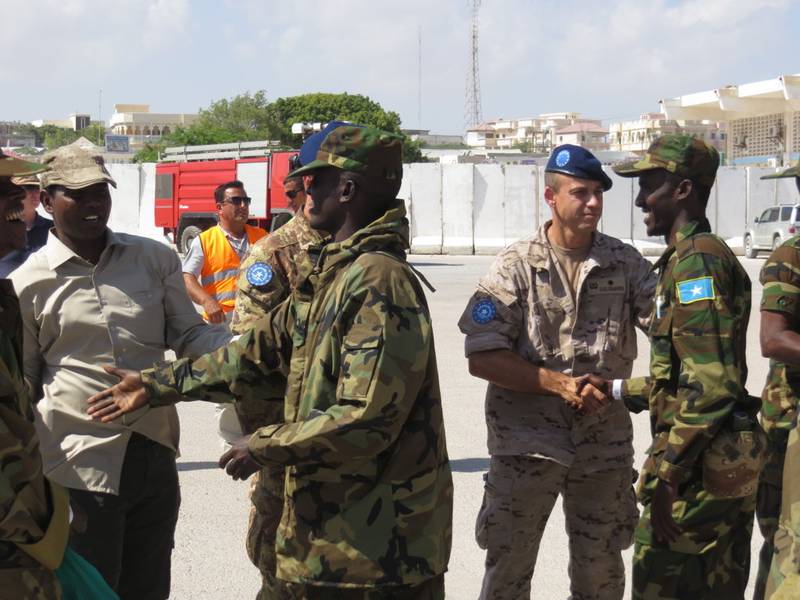 positive effects on European economy as the European defence industry generates a total turnover of EUR 100 billion per year.
positive effects on European economy as the European defence industry generates a total turnover of EUR 100 billion per year.
1.4 million highly qualified people are directly or indirectly employed in this field in Europe. Each euro invested in defence generates € 1.6 in skilled employment, research and technology and exports, according to EC calculations. In the defence plan, it also proposes that member states, which invest in the defence fund receive incentives in the form of concessions on the Union's budget and debt rules, or as the EC calls them "more flexibility". In December, leaders of member states gave green light for more integration in defence, and thus work on the specific "bricks" of the defence union has begun.
The first serious steps were taken in March and May when the Foreign Affairs Council (Defence) made several important decisions. The first one is the creation of Permanent Structured Cooperation (PESCO). Under this name lies the unification of the military capabilities of member states, or in other words the embryo of a European army. Cooperation is entirely voluntary and open to all member states, although Article 42 of the Treaty of Lisbon states that this applies to member states whose military capabilities have higher criteria. Any capabilities developed within PESCO will be owned and managed by the member states. A two-layer governance structure will be created for this purpose, ministers decided. The first layer is at Council level, where member states are represented, because this will ensure transparency and coordination.
At the second level are the projects and initiatives that will be worked on. PESCO will be assisted by the European Defence Agency, the European External Action Service and the Council in accordance with their competence. The Commission will also participate to ensure connectivity through the European Defence Plan. The intention is that PESCO can also be used in the UN and NATO. According to Federica Mogherini, PESCO is the most significant achievement in recent months. Ideas are already being discussed on what specific projects this permanent structured cooperation should be working on. The high representative believes that it will be exactly due to it that the gap between investment in capabilities and output will be filled.
Another very important decision of the foreign ministers (Defence) of May 18 was the creation of a Military Planning and Conduct Capability (MPCC) within the EU military headquarters in Brussels. The MPCC will assume responsibility at the strategic level for the operational planning and conduct of Union military missions and will work under the political control and strategic direction of the Political Security Committee. The director general of the EU Military Staff will also be the director of the MPCC and as such will be the commander of missions. The EU currently has three training missions in the Central African Republic, Mali and Somalia.
The Council is also prepared to consider changes in EU battle groups so that they become more effective, fairer in terms of funding and have easier political decision-making on their deployment, but the May 18 Council did not resolve the financial obstacles issue. Battle groups have been in place for 10 years in the EU but have not been deployed so far, mainly due to difficulties in the financing mechanism, the high representative explained. She said there is already will in the Council to tackle this problem in the coming months by reviewing the Athena mechanism. This mechanism was agreed in 2004 for the financing of EU common operations. There are expectations that the review on it will be completed by the end of the year.
In March, ministers agreed to have a Coordinated Annual Review of Defence (CARD). Its aim is to better assess the capabilities that Europe needs, which will be done in coordination with NATO. In the framework of the annual review, member states commit to discuss and coordinate their national defence planning, including defence spending plans. Participation in the review will be voluntary. The work on CARD is still in its infancy and the EC is due to present its official proposal on 7 June. Federica Mogherini expects work on it to develop more seriously during the Estonian rotating presidency of the Council, which begins on July 1.

What is known to date is that the review will be carried out by the European Defence Agency, acting as a CARD secretariat. First, a test review with the participation of all member states will be held in the autumn. This will help them test and adapt their approach regarding decision-making. The first comprehensive review will be made in the autumn of 2019. The review is conceived as a European Defence Semester, which means that it will analyse the state of defence of member states, what are their expenditures on it, and recommendations will be made. The big challenge still arises from the extent to which member states are willing to share such sensitive information.
CARD will be the biggest test of how much deeper integration into the EU defence field is possible. The next steps will be to find the tangent between CARD and PESCO, which will be a big step forward in defence integration. The topic of defence integration is included on the agenda for the EU summit in June, when it is expected that leaders of member states will again give solid political support to these three main elements of the defence union.
Translated by Stanimir Stoev
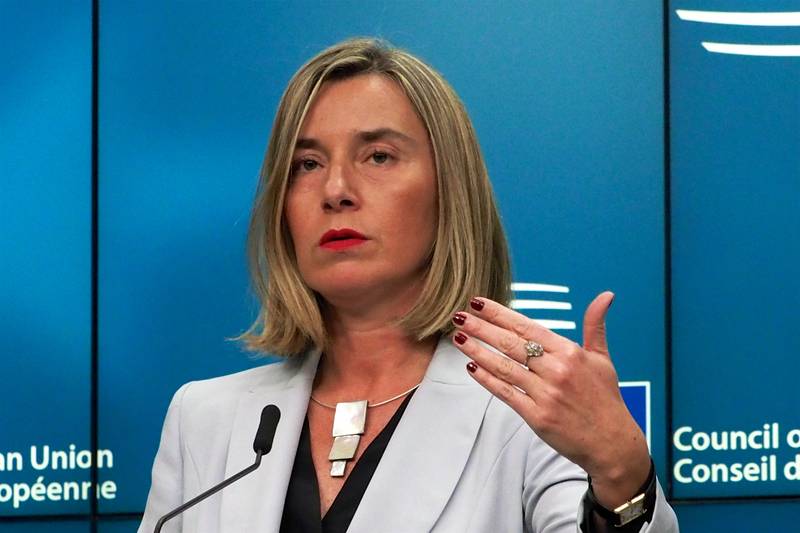 Federica Mogherini | © Council of the EU
Federica Mogherini | © Council of the EU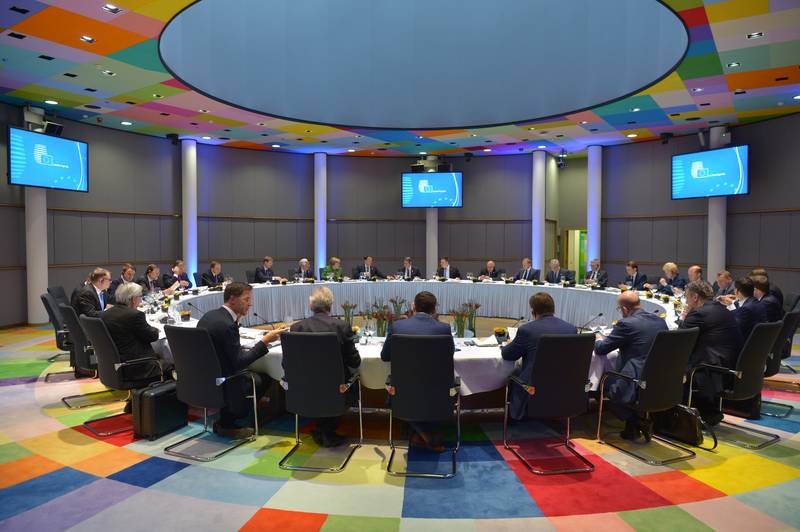 | © Council of the EU
| © Council of the EU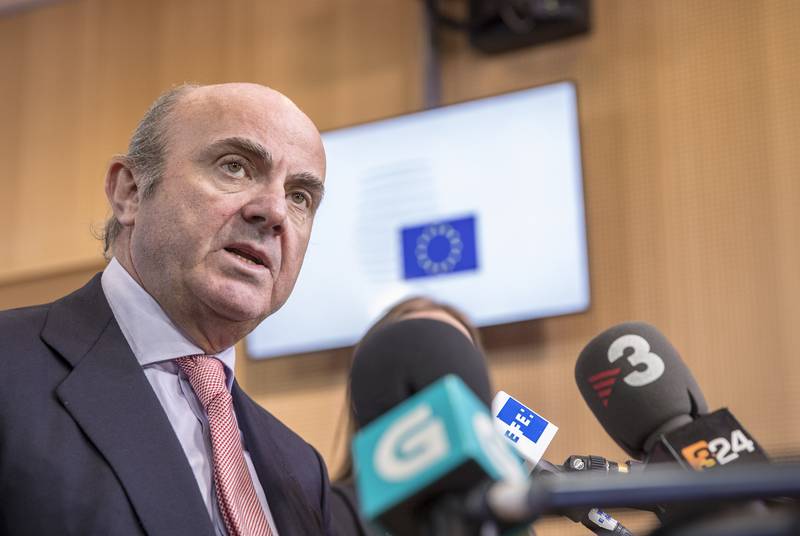 Luis De Guindos | © Council of the EU
Luis De Guindos | © Council of the EU